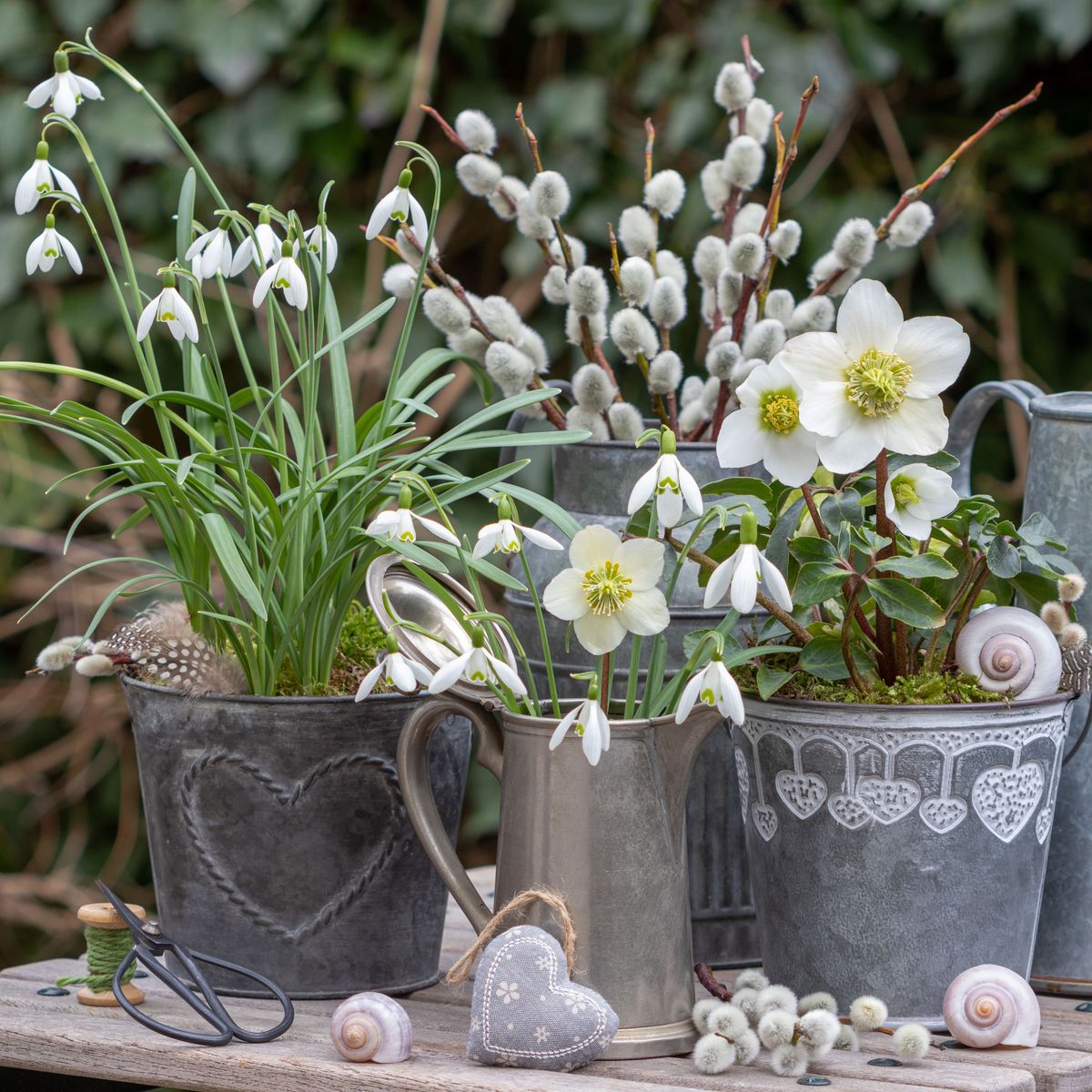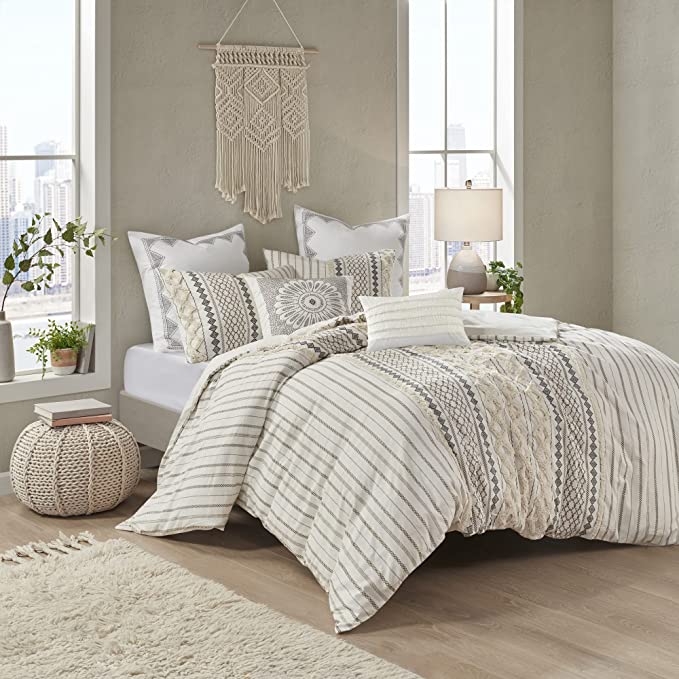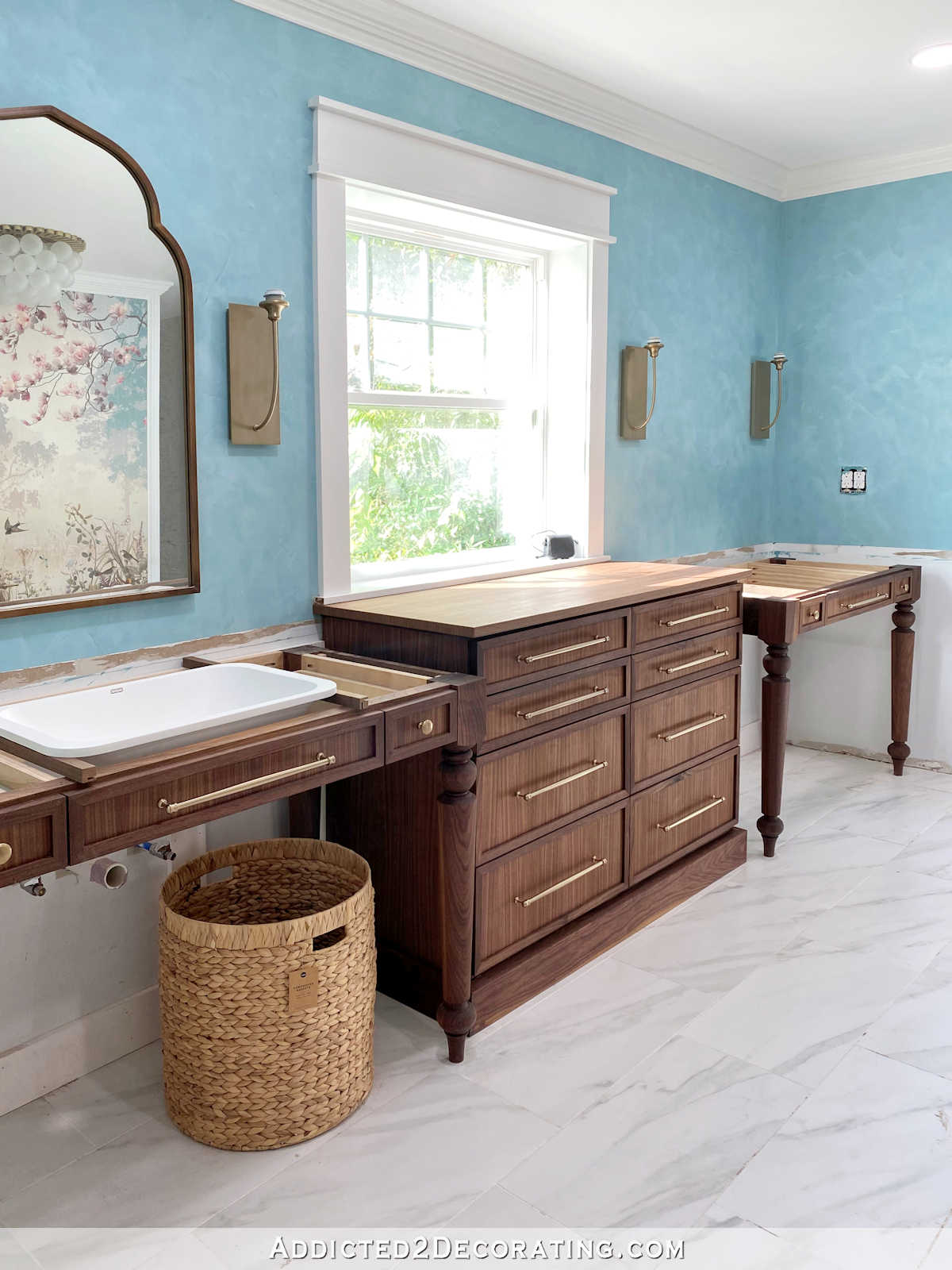What can you do when your Ficus elastica plant is shedding lots of leaves? Why does this happen? What can you do with a rubber plant losing leaves?
As with most plants, a little leaf loss is expected with Rubber Plants, even under the best care. The Ficus Rubber tree is an attractive excellent starter plant.
Most people call Ficus elastica (FY-kus ee-LASS-tih-kuh) by its common name rubber plant. These hardy plants are easy to grow and take care of. They adapt to a wide variety of houseplant conditions.
In this article, we explore the reasons why your Ficus Rubber tree may be losing leaves. We also share advice to help you prevent and cope with this dilemma.
8 Causes & Solutions For Falling Rubber Tree Plant Leaves
1. Sudden Changes
When you purchase a new Rubber Tree Plant and bring it home, you will likely experience a bit of shock.
Changes in light, temperature, watering schedule, and air circulation can all cause your plant to drop a few leaves.
Don’t move your plants around unnecessarily. Whenever you move a plant from one place to another, it’s best to do it in increments, adjusting light and temperature as you go.
When you bring a new plant home, set it up in an area that receives bright, indirect sunlight, consistent warmth and watering, and gentle air circulation – no drafts!
Try to put it in its permanent setting right off the bat, and don’t move it around.
In either a moved-plant or new-plant scenario, you will likely lose a few leaves, no matter how careful you are.
Don’t be alarmed. Just remove yellowing and dropped leaves and continue providing your plant with consistent care.
2. Change Of Season
As with most plants, your Rubber Plant may drop a few leaves when summer is dwindling, and fall is in the air.
Again, don’t worry much about this. Just continue providing consistent good care and gradually move it to its winter location if necessary.
3. Hot Or Cold Drafts
Remember that sudden temperature changes can cause your Rubber Plant to drop leaves.
Don’t place your plant near a heating or cooling vent. Keep it away from exterior doorways that might let in blasts of cold air in the wintertime.
4. Low Lighting
All plants need enough light to conduct photosynthesis and produce chlorophyll.
If your plant has been outdoors and is accustomed to natural sunlight, it may find even a bright indoor setting too dim.
The same is true if you cannot keep your Rubber Plant in an area that receives bright, indirect sunlight.
Try supplementing your light levels with grow lights when this is the case.
5. Incorrect Humidity Levels
Remember that Rubber Plants are tropical forest dwellers, so they like high humidity.
However, wintertime household air is usually pretty dry, and this can cause your plant to lose leaves.
You can give your plant more humidity by setting it on a pebble tray with water or misting it daily. To improve household air overall, consider using a humidifier.
6. Too Much Fertilizer
Rubber Plants are not heavy feeders, so it is easy to give them excessive amounts of fertilizer.
Generally speaking, light feedings of high-quality water-soluble fertilizer twice monthly throughout the growing season should work well.
This is especially true if you make it a habit of repotting your plant into fresh, high-quality potting soil annually.
7. Too Much Water
Overwatering leads to fungal growth and root rot, which causes dropped leaves and, eventually, plant death.
Your Rubber Plant should never stand in water, and its soil should never be soggy.
Always use a light, airy, well-draining potting mix rich in organic matter. Keep your plant in a container with plenty of drainage holes.
Only water your plant when the top few inches of soil are dry, then provide a thorough watering, allowing excess water to run out of the pot’s drainage holes.
If your plant is sitting in a drip saucer, be sure to pour off excess water after watering.
When you use a pebble tray, be sure that the water in the bottom does not touch the bottom of your plant’s pot.
Remember that no potted plant should ever stand in water.
8. Insect Pests
A well-cared plant should resist pests, but overwatering, underwatering, inconsistent conditions, lack of nourishment, and other problems can cause Rubber Plants to become susceptible to insect pests.
Scale insects are especially fond of Rubber Tree Plants.
If you find that your plant has become infested with scale insects, aphids, spider mites, or other pests, try to determine what has weakened it and made it susceptible to these intruders.
Then, correct your care habits, and treat the plant with a Neem oil solution to eradicate the pests.
Tips To Avoid Fallen Leaves On Rubber Tree Plants
Rubber Plants like to be kept at consistently warm temperatures. Ideally, they prefer daytime temperatures between 75° and 80° degrees Fahrenheit.
At night, 60° to 65° degrees Fahrenheit is best. Do not allow the temperature to drop below 55° degrees Fahrenheit, and protect your plant from hot or cold drafts.
You are always best off with plenty of bright, indirect sunlight for Rubber Plants. They especially like to be placed in an east window that receives good morning light.
A plant kept in low light may stretch and become lanky. When this happens, prune the plant to shape and provide a stake or cage to help it stand. Use your cuttings to grow new plants.
Establish a regular schedule of soak and dry watering. Always check your plants’ soil before providing a thorough watering. If it is still moist to the touch, wait a few days.
Only fertilize during the growing season. Remember that plants in low light need less fertilizer than those in bright light.
Wipe your plants’ leaves with a mild Neem oil solution every week. This will help keep them clean and shiny while deterring pest infestation.
Simple Consistent Care Will Keep Your Rubber Tree Plant Happy
With Rubber Plants (as with most plants), less is more.
Provide your plant with the basics of light, well-draining potting soil; bright, indirect sunlight; soak-and-dry watering, and consistent warmth, and you will have a happy plant with a minimum of falling leaves.












